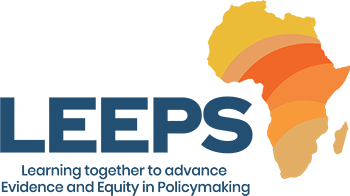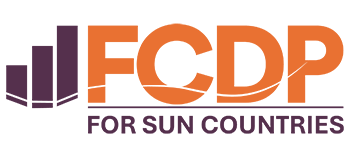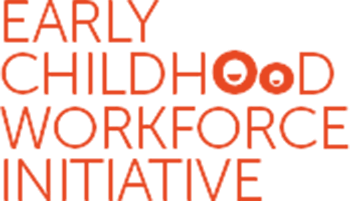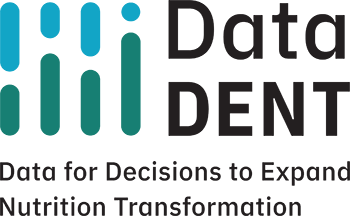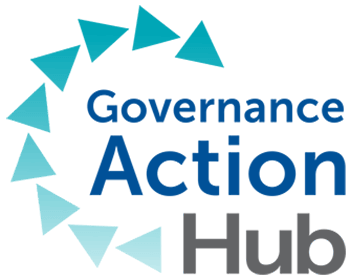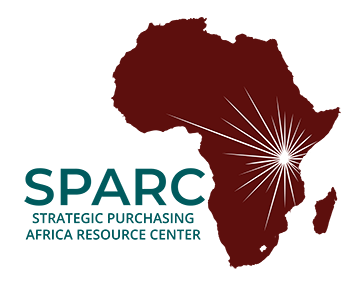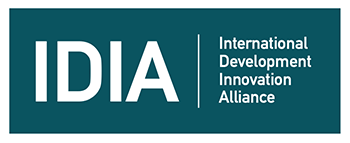Policymakers require evidence to inform strategic decisions for rehabilitation. Health accounts can help to quantify a country’s investment in rehabilitation, assess the gap between available financial coverage for rehabilitation and population needs, and guide resource allocation to maximize value-for-money and minimize out-of-pocket expenditure for service users.
However, many countries struggle to accurately capture rehabilitation expenditures in National Health Accounts (NHA) due to data-related issues. In Nepal, local stakeholders agree that previous NHA reports did not provide adequate information on how investments are spent, what gaps remain in funding, and how resource allocation can be optimized to benefit the population. The Accelerator sought to investigate available rehabilitation expenditure data and practices in Nepal and produce guidance for how to improve rehabilitation expenditure tracking moving forward. This involved defining the boundaries of rehabilitation services to be used within Nepal’s health accounting framework, developing a data collection tool to capture expenditure on these services at the facility level, and testing this tool among health facilities located in Kathmandu. These efforts aimed to support Nepal’s Ministry of Health and Population’s (MOHP) Department of Health Services (DoHS), Epidemiology and Disease Control Division’s (EDCD) Leprosy Control Section Leprosy Control and Disability Management Section (LCDMS) to utilize NHAs as evidence to inform rehabilitation policy decisions in the future.
The objectives of this brief are to 1) Clarify the policy imperatives for tracking rehabilitation spending in Nepal, 2) Provide an overview of the methods and results of developing and testing a data collection tool at health facilities in Kathmandu, and 3) Offer recommendations for how rehabilitation expenditure data collection methods can be improved moving forward.




